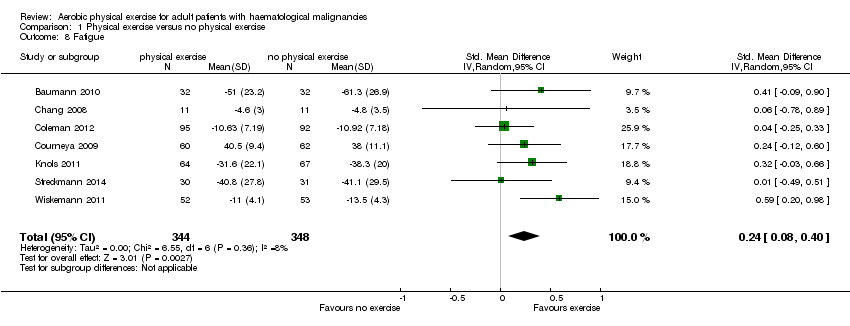Contenido relacionado
Revisiones y protocolos relacionados
Linus Knips, Nils Bergenthal, Fiona Streckmann, Ina Monsef, Thomas Elter, Nicole Skoetz | 31 enero 2019
Lise J Estcourt, Reem Malouf, Marialena Trivella, Dean A Fergusson, Sally Hopewell, Michael F Murphy | 27 enero 2017
Steffen Felbel, Joerg J Meerpohl, Ina Monsef, Andreas Engert, Nicole Skoetz | 12 junio 2014
Ines Salhofer, Andrea Will, Ina Monsef, Nicole Skoetz | 3 febrero 2016
Daniel KL Cheuk, Alan KS Chiang, Tsz Leung Lee, Godfrey CF Chan, Shau Yin Ha | 16 marzo 2011
Lise Estcourt, Simon Stanworth, Carolyn Doree, Sally Hopewell, Michael F Murphy, Alan Tinmouth, Nancy Heddle | 16 mayo 2012
Udo Holticka, Melanie Albrechta, Jens M Chemnitz, Sebastian Theurich, Nicole Skoetz, Christof Scheid, Michael von Bergwelt‐Baildon | 20 abril 2014
Lise J Estcourt, Simon Stanworth, Carolyn Doree, Marialena Trivella, Sally Hopewell, Patricia Blanco, Michael F Murphy | 27 octubre 2015
Sheila A Fisher, Antony Cutler, Carolyn Doree, Susan J Brunskill, Simon J Stanworth, Cristina Navarrete, John Girdlestone | 30 enero 2019
Gemma L Crighton, Lise J Estcourt, Erica M Wood, Marialena Trivella, Carolyn Doree, Simon J Stanworth | 30 septiembre 2015
Respuestas clínicas Cochrane
Maitreyee Rai | 10 octubre 2018



















